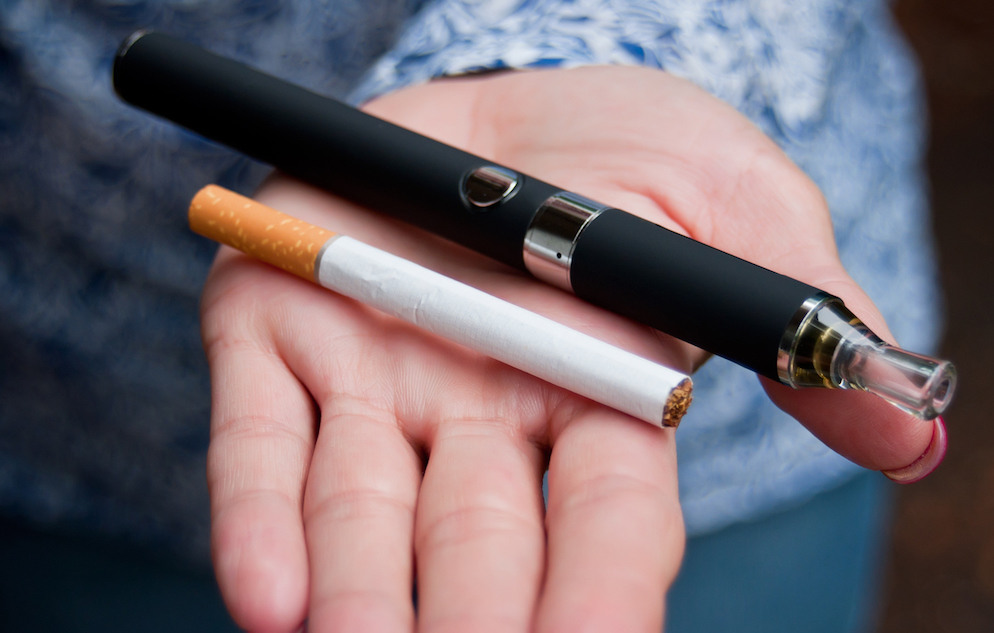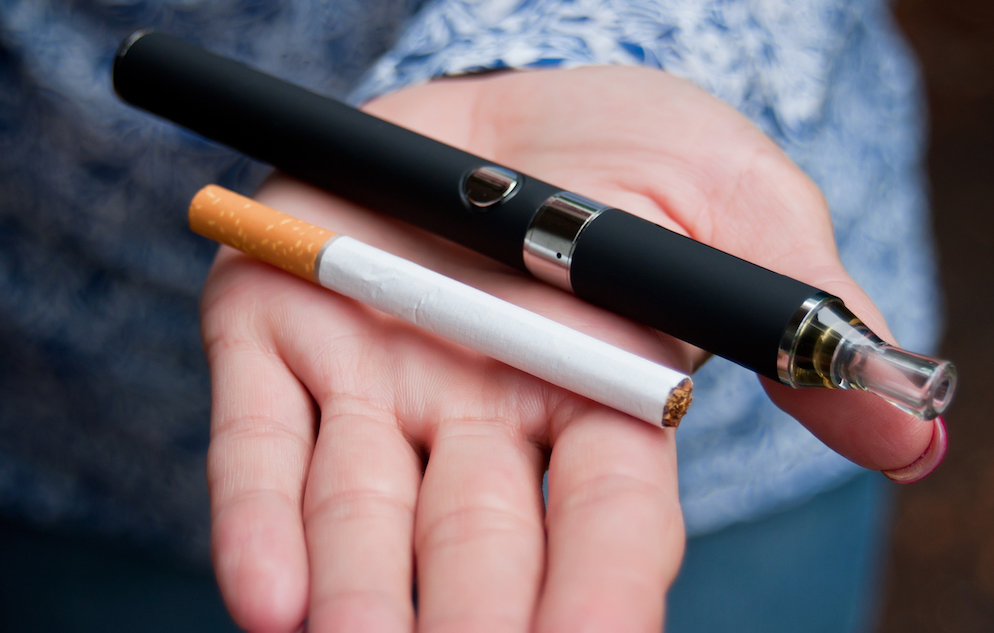 As electronic cigarettes (e-cigs) become an increasingly popular alternative to conventional cigarettes, it is imperative to understand the health implications of their prolonged use. The public generally holds a positive perspective towards e-cigs compared to conventional tobacco smoking and the risk perception is that they are less harmful. However, little is known about the true health consequences of e-cig use.
As electronic cigarettes (e-cigs) become an increasingly popular alternative to conventional cigarettes, it is imperative to understand the health implications of their prolonged use. The public generally holds a positive perspective towards e-cigs compared to conventional tobacco smoking and the risk perception is that they are less harmful. However, little is known about the true health consequences of e-cig use.
The risks associated with e-cig use are harder to determine than those of conventional cigarettes because e-cigs are highly customizable, allowing the user to adjust operational voltage to enhance personal satisfaction. Users often incorporate liquid flavor additives, which may be associated with their own health risks. Research has also shown that e-cig smokers may use different puffing patterns than conventional cigarette smokers, with longer puffing duration.

Ilias Kavouras, Professor of Environmental, Occupational, and Geospatial Health Sciences at CUNY Graduate School of Public Health and Health Policy and Philip Demokritou, Associate Professor of Aerosol Physics at the Harvard T.H. Chan School of Public Health, led a study assessing the effects of product brand, type, e-liquid flavoring additives, operational voltage and user puffing patterns on e-cig emissions using a recently developed, versatile exposure generation platform and state-of-the-art analytical methods. The findings were published in the journal Inhalation Toxicology.
The analysis demonstrated the profound influence of e-cig brand and type, liquid flavoring additives, operational voltage and user puffing patterns on e-cig exposure profile. These parameters largely define the physicochemical and toxicological properties of e-cig emissions, and thus should be taken into consideration when assessing the health risks of e-cig use. The study’s integrated methodology can be used in developing standardized methodologies linking exposures to toxicology.
“We are just starting to learn what is inside e-cigarette smoke,” said Kavouras. “Apart from nicotine—an addictive and toxic compound—there are plenty of hazardous, toxic and carcinogenic chemicals formed during vaping. This is concerning as electronic cigarette use is quickly increasing, particularly among the youth. Electronic cigarettes are by no-means a risk-free alternative to tobacco smoking.”




